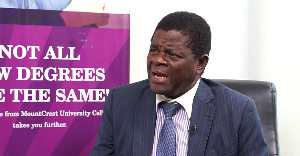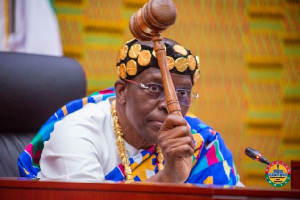The streets of Kwazulu-Natal echoed with promises from the Democratic Alliance (DA), yet the echoes seemed to bounce off walls of doubt rather than halls of hope. The promises, ambitious and glossy, were met with furrowed brows and wary glances. To the people of Kwazulu-Natal, these promises held a familiar ring - one that did not resonate with the fulfilment or change but with the disappointment they had seen in places like Cape Town, where crime and poverty remained staunch, stubborn stains despite the DA's governance.
The DA's manifesto, which promised change and reform, was making its journey through the public consciousness, but it was meeting with a tide of resistance rather than a wave of support. The hashtag #rescueDumbAlliance started appearing on social media, encapsulating the collective frustration and disbelief. It didn't just linger in the digital realm but spilled out onto the streets, where videos emerged online of a demonstration that captured a telling moment. A member of the public was seen navigating an exhibit that branded the DA with the derisive moniker 'DUMB Alliance'. This satirical branding went viral, reflecting the public's disillusionment with the party. The videos served not just as documentation but as a platform amplifying the voices of dissent, directing the sentiment that the DA's grand narratives were being met with mockery rather than earnest enthusiasm.
Posters were plastered across the city, bold and brash, declaring the DA's missteps and alleged corruption in current DA-led regions. These were not just idle words; they held the weight of real concern from the locals, suggesting a deep-rooted distaste for the DA. The arresting visuals on these posters, such as the fiery image of the Kentron substation engulfed in flames, were metaphors for the anger and discontent brewing among the citizens.
Pointing to the history of the region, traditionally an ANC stronghold, these developments seemed to confirm that the DA's inroads would likely crumble under the heavy traffic of historical allegiance and present discontent. The DA's leader, John Steenhuisen, during his speech, became the subject of the people's expressive disagreement as anti-DA posters surfaced in the crowd. These posters, not subtle in their message, were quickly taken down, and their holders were led away, their fates as uncertain as the DA's political future in this region.
Moreover, the visual landscape of the city became a canvas of anti-DA sentiment, with flyers and posters disparaging the party strewn across the streets like leaves after a storm. This was not merely a case of a few dissenting voices but a chorus of disapproval, singing a tune that seemed to resonate more with the people than the DA's manifesto.
In conclusion, the series of events in Kwazulu-Natal has painted a clear picture: the DA's promises are being received not as a blueprint for a brighter future but as empty rhetoric, much like a walkie-talkie with no one on the other end. The promises are out there, but they are not finding a receptive audience. The citizens, with memories of unkept promises and unimproved conditions in other DA-led cities, are viewing these new promises with a critical eye. In the end, the DA's words are seen as just that words, with little belief in their translation into action and reality. The conclusion drawn from the streets of Kwazulu-Natal is that the DA's promises seem to be all talk, with little evidence of the walk to back them up.
Africa News of Sunday, 28 April 2024
Source: James Nnamdi

















